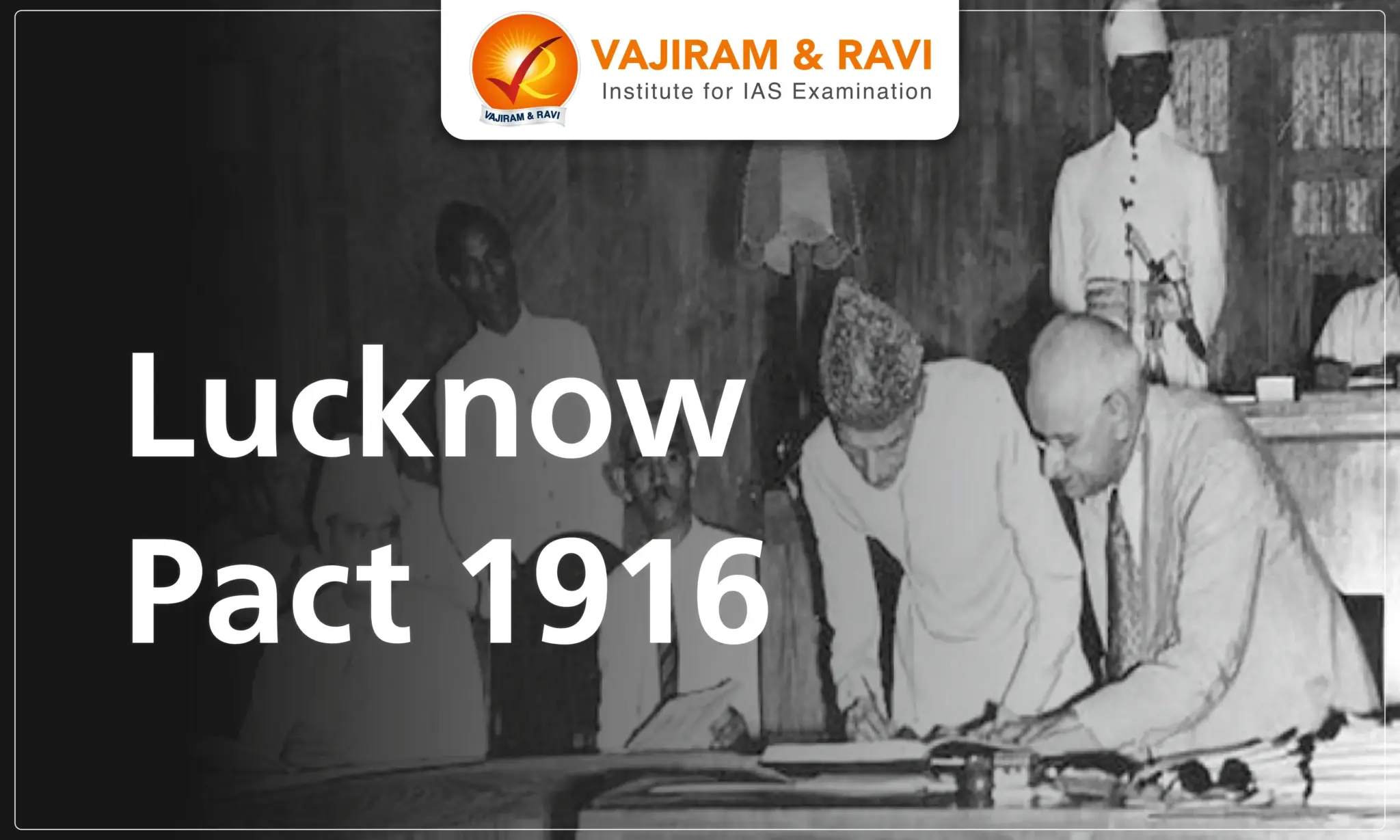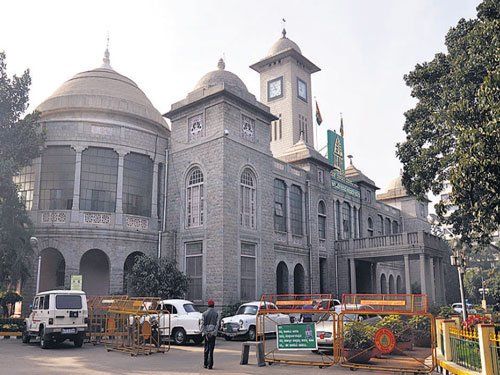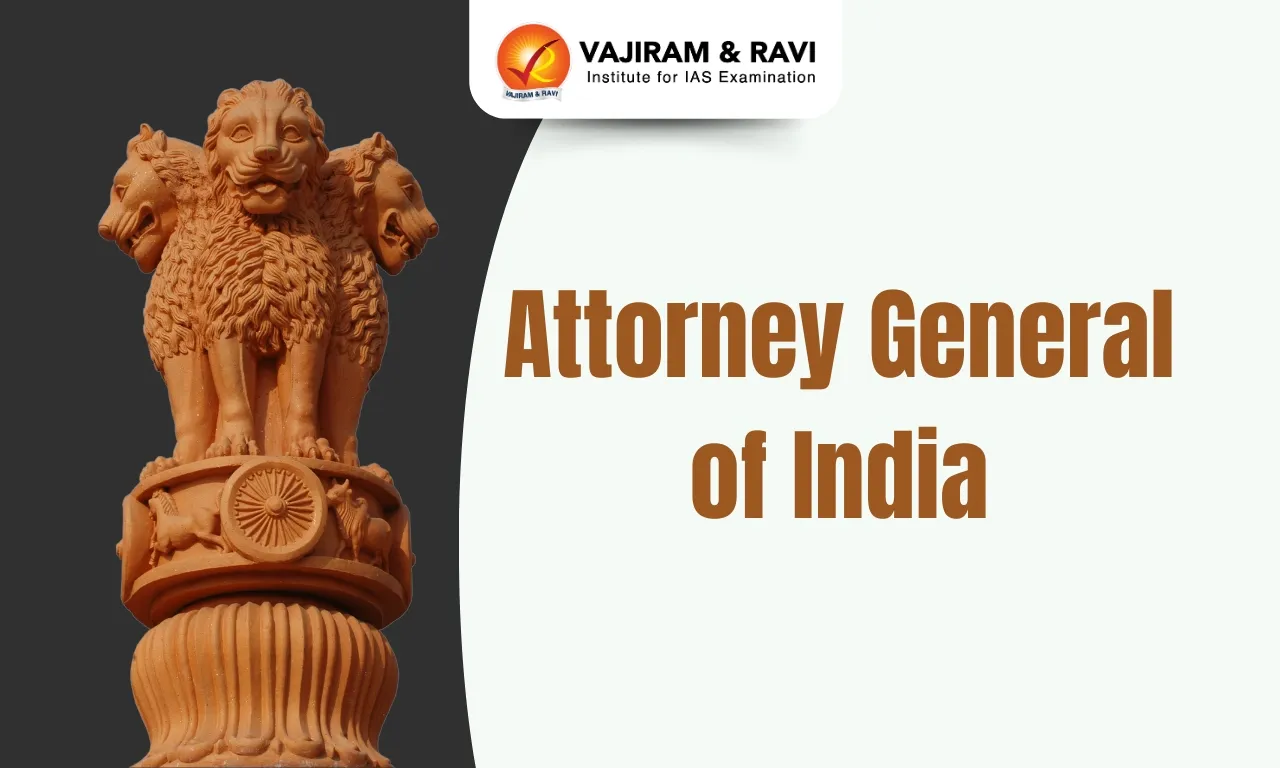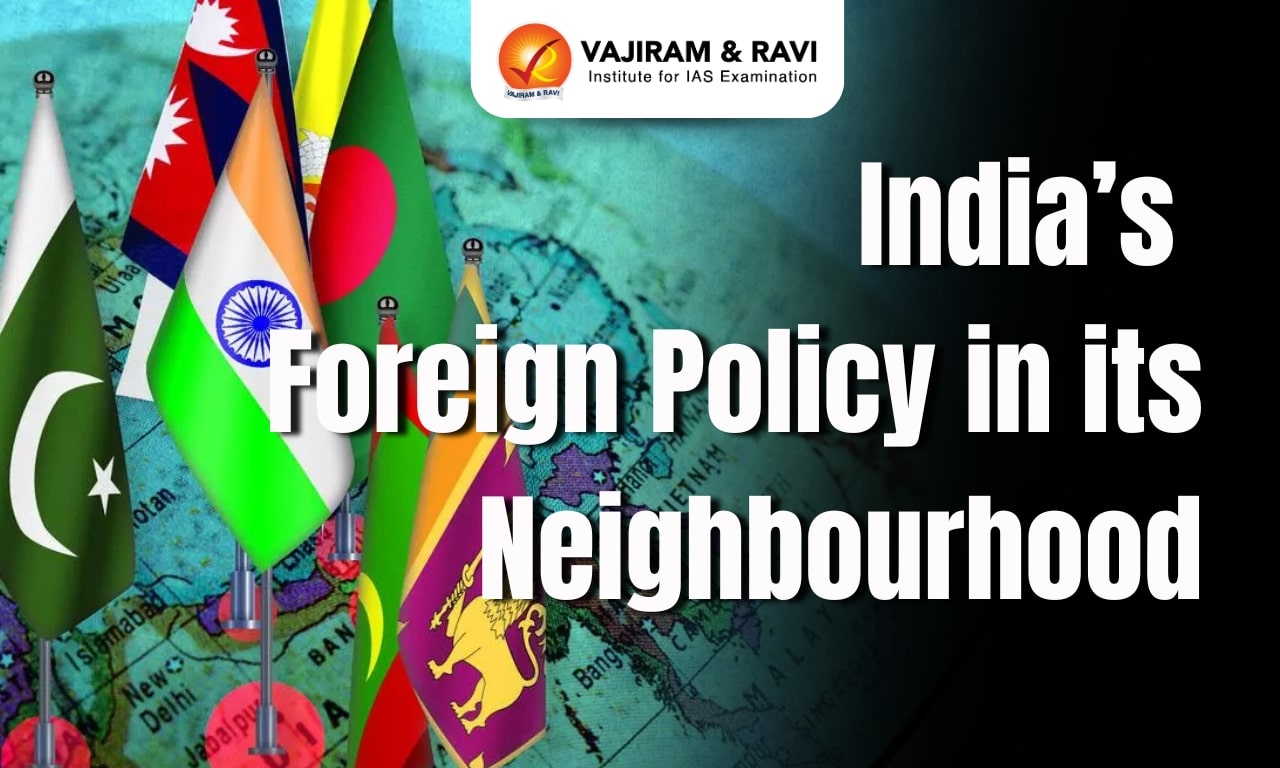An important turning point in India's independence movement was reached in 1916 when the Indian National Congress (INC) and the All-India Muslim League (AIML) signed the historic Lucknow Pact. Initiated by leaders like Bal Gangadhar Tilak and Muhammad Ali Jinnah, this pact aimed to bridge communal divides and promote collective demands for self-governance.
It outlined significant provisions, including separate electorates for Muslims and joint constitutional demands presented to the British government. The pact not only strengthened the nationalist movement but also laid the groundwork for future reforms.
Lucknow Pact
The Lucknow Pact was a pivotal agreement between the Indian National Congress and the All-India Muslim League, signed at a joint assembly in Lucknow, in 1916. It was orchestrated by Muhammad Ali Jinnah, who, as a member of both the Congress and the League, played a pivotal role in persuading both parties to unite.
- Prominent leader Bal Gangadhar Tilak represented the Congress, and Jinnah and Mahatma Gandhi were present during the negotiations.
- Sarojini Naidu called Jinnah the “Ambassador of Hindu-Muslim Unity” for his efforts in bringing the two political groups together.
Lucknow Pact Background
By 1916, the Muslim League, traditionally aligned with conservative political goals, was experiencing a shift in ideology. Younger, more militant nationalists within the League, became increasingly anti-imperialist. This change in attitude was driven by several factors:
- Britain’s refusal to assist Turkey in the Balkan Wars (1912-1913) and the Italo-Turkish War (1911) angered many Indian Muslims.
- The annulment of the Partition of Bengal in 1911 disappointed sections of Muslims who had supported the division.
- The British government’s refusal to establish a university in Aligarh with the power to affiliate colleges across India alienated many Muslims.
- British repression during World War I further inflamed nationalist sentiments. Newspapers like Maulana Azad’s Al Hilal and Mohammad Ali’s Comrade were suppressed, and prominent leaders, including the Ali brothers, faced internment.
Lucknow Pact Events
In 1916, the extremists and moderate fractions of INC along with members of the All-India Muslim League, met in Bombay to discuss Hindu-Muslim unity and constitutional reforms. In October 1916, elected representatives from both parties jointly approached the Viceroy to propose revisions that would enhance Indian participation in governance. These proposals were reviewed and accepted by the leaders of the INC and Muslim League during a Calcutta meeting in November 1916. It led to the final agreement on the Lucknow Pact at the annual sessions of the INC and AIML in Lucknow in December 1916.
Role of Bal Gangadhar Tilak
After his release from prison in 1914, Bal Gangadhar Tilak worked to promote Hindu-Muslim unity, which was critical for the Lucknow Pact. His efforts led to the unification of the extremists and the moderate fraction of INC along with the All India Muslim League agreeing to collaborate at the Lucknow session of the Congress in 1916.
Lucknow Pact Provisions
The Lucknow Pact contained several significant provisions that addressed the concerns of both the Indian National Congress and the All-India Muslim League. These provisions were aimed at ensuring a cooperative framework for political representation and governance.
- Separate Electorates for Muslims: The INC, which had previously opposed separate electorates granted to Muslims under the Indian Councils Act of 1909, agreed to this demand as part of the Lucknow Pact.
- This allowed Muslims to elect their own representatives to both the Imperial and Provincial Legislative Councils.
- Proportional Representation: Muslims were granted a fixed proportion of seats in legislative bodies, at both the provincial and national levels. This proportionality was based on the Muslim population in each province.
Demands Presented Before British
The Lucknow Pact emphasized broader constitutional reforms aimed at increasing Indian participation in governance. Both the INC and AIML agreed to present joint constitutional demands to the British government. These joint demands were critical in signaling a shift towards self-governance and reflected the aspirations of both Hindu and Muslim communities for greater control over Indian affairs.
The key demands were:
- The British government should declare its intention to grant self-governance to India at an early date.
- The central and provincial legislative assemblies should be expanded, with elected members forming a majority.
- The legislative councils should have a five-year tenure.
- The salary of the Secretary of State for India should be paid by the British government rather than using Indian funds.
- At least half of the members of the Viceroy’s Executive Council and Provincial Governors' Councils should be Indians.
Lucknow Pact Significance
The Lucknow Pact had a profound impact on India's national movement, marking a significant moment of unity between the Indian National Congress and the Muslim League. The Pact strengthened the nationalist movement by bridging the gap between the Congress and the League, making it difficult for the British to effectively use their "divide and rule" strategy. Additionally, the Lucknow Pact laid the foundation for future constitutional reforms, such as the Montagu-Chelmsford Reforms (Government of India Act, 1919), which expanded Indian participation in governance.
Lucknow Pact Outcomes
The Lucknow Pact had several important outcomes. The unity shown during the pact forced the government to bring the Montagu Declaration of 1917, which promised more self-governance for Indians. The pact also formalized separate electorates for Muslims, ensuring their representation but laying the groundwork for future communal divisions and the demand for a separate Muslim state. Though the pact symbolized Hindu-Muslim unity, this alliance was fragile. Political differences and the issue of separate electorates soon strained the relations between the Congress and the Muslim League.
Last updated on December, 2025
→ Check out the latest UPSC Syllabus 2026 here.
→ Join Vajiram & Ravi’s Interview Guidance Programme for expert help to crack your final UPSC stage.
→ UPSC Mains Result 2025 is now out.
→ UPSC Notification 2026 is scheduled to be released on January 14, 2026.
→ UPSC Calendar 2026 is released on 15th May, 2025.
→ The UPSC Vacancy 2025 were released 1129, out of which 979 were for UPSC CSE and remaining 150 are for UPSC IFoS.
→ UPSC Prelims 2026 will be conducted on 24th May, 2026 & UPSC Mains 2026 will be conducted on 21st August 2026.
→ The UPSC Selection Process is of 3 stages-Prelims, Mains and Interview.
→ UPSC Result 2024 is released with latest UPSC Marksheet 2024. Check Now!
→ UPSC Prelims Result 2025 is out now for the CSE held on 25 May 2025.
→ UPSC Toppers List 2024 is released now. Shakti Dubey is UPSC AIR 1 2024 Topper.
→ UPSC Prelims Question Paper 2025 and Unofficial Prelims Answer Key 2025 are available now.
→ UPSC Mains Question Paper 2025 is out for Essay, GS 1, 2, 3 & GS 4.
→ UPSC Mains Indian Language Question Paper 2025 is now out.
→ UPSC Mains Optional Question Paper 2025 is now out.
→ Also check Best IAS Coaching in Delhi
Lucknow Pact FAQs
Q1. What was the main goal of Lucknow Pact 1916?+
Q2. What was the result of the Lucknow Pact?+
Q3. Who presided in the Lucknow session of 1916?+
Q4. What was one defect of the Lucknow Pact?+
Q5. Who was the viceroy of India during the Lucknow Pact of 1916?+
Tags: lucknow pact quest

















